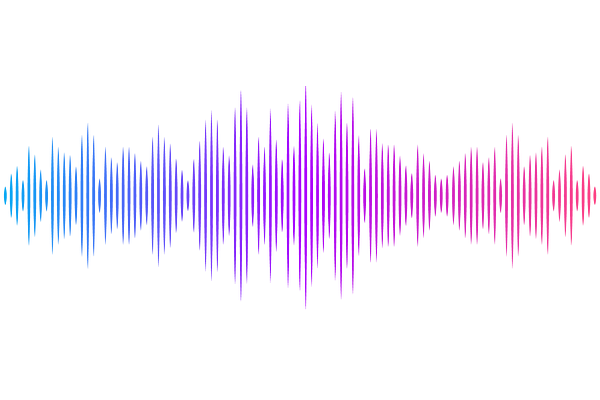A defining member of the new cysteine-cradle family is a transient aECM protein involved in signalling skin damage

A defining member of the new cysteine-cradle family is a transient aECM protein involved in signalling skin damage
Sonntag, T.; Omi, S.; Andreeva, A.; Pujol, N.
AbstractThe apical extracellular matrix acts as crucial barrier, and communicates with the epidermis to trigger protective responses following injury or infection. In C. elegans, we previously showed that mutants lacking cuticle furrows exhibit persistent immune activation (PIA). In a genetic suppressor screen, we identified spia 1 as a key gene downstream of furrow collagens and upstream of immune signaling. Spia 1 expression oscillates during larval development, peaking between each moult together with precuticle and cuticule components. It encodes a secreted precuticular protein that transiently localizes to furrows. It shares a novel cysteine-cradle domain (CCD-aECM) with other aECM proteins, predicted to bind proteins with an exposed hydrophobic helix. SPIA 1 is proposed to act as a sensor of cuticle damage, mediating immune activation in response to furrow loss and might be part of a checkpoint during the establishment of the new cuticle. This research reinforces the notion of an intricate interplay between cuticle integrity and epidermal immune activation in C. elegans.